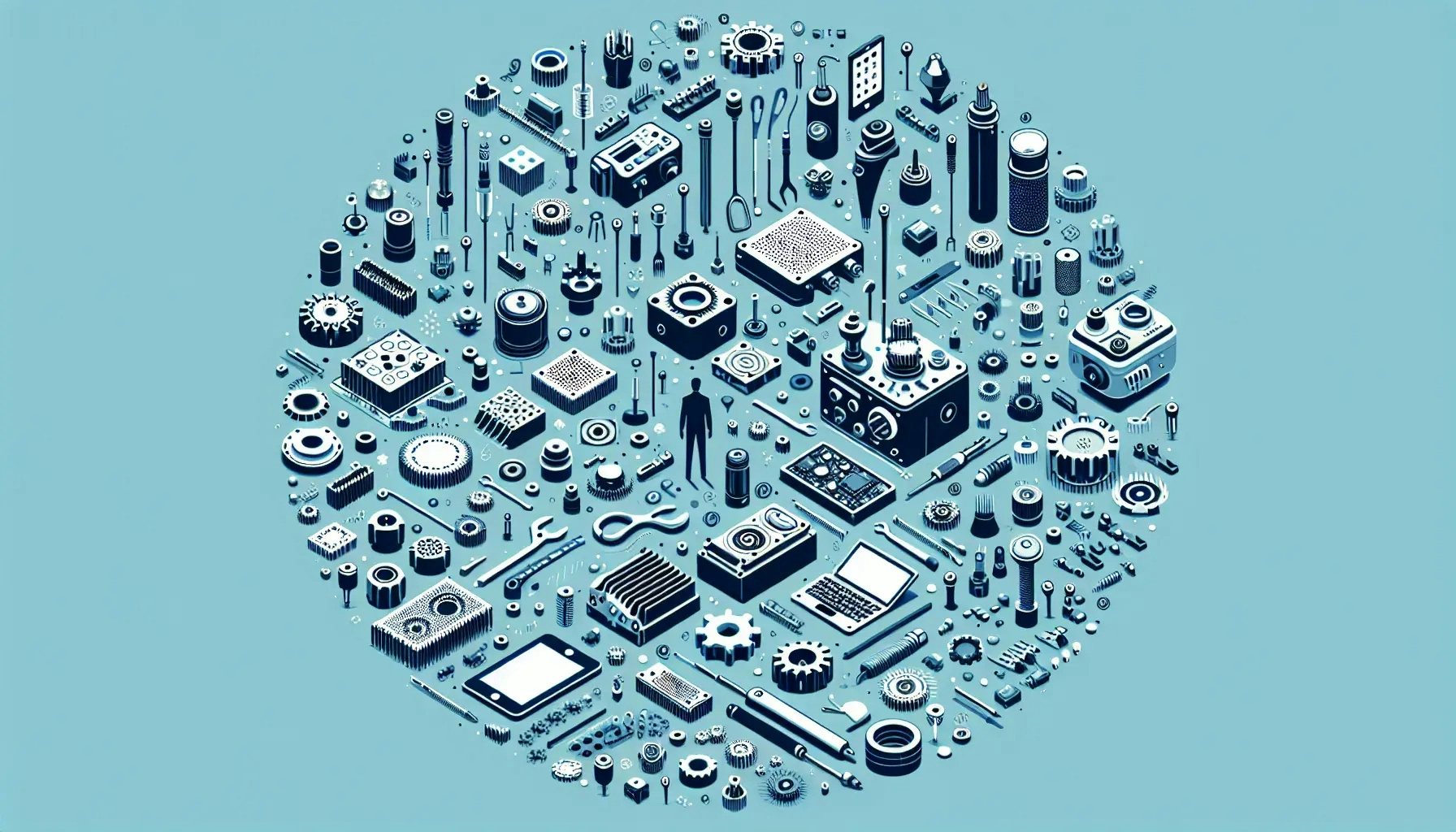The world of electronics manufacturing is a complex labyrinth, filled with potential pitfalls and challenges. From supply chain disruptions to quality control, manufacturers must navigate a myriad of issues to ensure the successful production of their products. This blog post aims to shed light on these common issues, providing insights and solutions to help manufacturers overcome these hurdles and thrive in this competitive industry.
Supply Chain Disruptions
Electronics manufacturing relies heavily on a well-functioning supply chain. However, disruptions are a common issue in this sector. Whether it's due to political instability, natural disasters, or supplier insolvency, these disruptions can have a significant impact on production timelines and costs.
Manufacturers must therefore implement robust supply chain management strategies. These strategies should include diversifying suppliers to reduce dependency on a single source, maintaining adequate inventory levels, and investing in supply chain visibility tools. These measures can help manufacturers mitigate the risks associated with supply chain disruptions and ensure a steady flow of materials for production.
Quality Control Challenges
Ensuring the quality of electronic products is another significant challenge in electronics manufacturing. From faulty components to assembly errors, quality issues can lead to product recalls, damage to brand reputation, and financial losses.
To address these challenges, manufacturers must adopt stringent quality control measures. These measures should include regular inspections and testing, implementing a robust quality management system, and investing in training for employees. By doing so, manufacturers can detect and rectify quality issues early, reducing the likelihood of costly recalls and damage to their brand reputation.
Technological Advancements and Adaptation
The electronics manufacturing industry is constantly evolving, with new technologies and processes emerging regularly. While these advancements can offer significant benefits, they also present a challenge for manufacturers who must adapt to these changes to stay competitive.
To overcome this challenge, manufacturers must invest in continuous learning and development. This includes training employees on new technologies, investing in new equipment and software, and staying abreast of industry trends. By doing so, manufacturers can ensure they are well-equipped to leverage new technologies and processes, enhancing their competitiveness in the market.
Regulatory Compliance
Electronics manufacturers also face the challenge of complying with a myriad of regulations. These regulations can vary by country and product, making compliance a complex and time-consuming task.
To ensure compliance, manufacturers must stay updated on regulatory changes, conduct regular audits, and implement a robust compliance management system. By doing so, they can avoid costly fines and penalties, protect their brand reputation, and maintain their market access.
Environmental Sustainability
With increasing awareness of environmental issues, electronics manufacturers are under pressure to reduce their environmental impact. This includes reducing waste, minimizing energy consumption, and using environmentally friendly materials.
To address this challenge, manufacturers must implement sustainable practices in their operations. This includes investing in energy-efficient equipment, implementing waste reduction strategies, and sourcing materials responsibly. By doing so, they can not only reduce their environmental impact but also enhance their brand image and appeal to environmentally conscious consumers.
Labor Issues
Labor issues, such as worker safety and fair wages, are another common challenge in electronics manufacturing. Manufacturers must ensure they provide a safe working environment and fair compensation to attract and retain skilled workers.
To address these issues, manufacturers should implement robust health and safety measures, provide competitive wages, and invest in employee development. By doing so, they can improve worker satisfaction, reduce turnover, and enhance productivity.
Overcoming Challenges in Electronics Manufacturing
In conclusion, while electronics manufacturing presents numerous challenges, manufacturers can overcome these hurdles through strategic planning, continuous learning, and investment in technology and people. By doing so, they can not only navigate these challenges but also thrive in this competitive industry.

